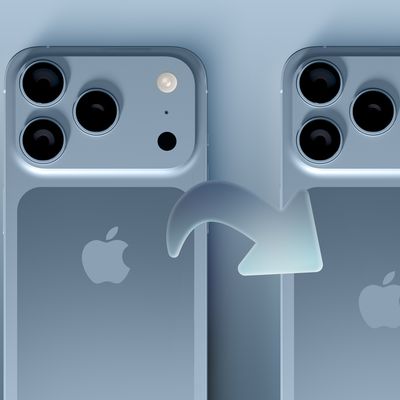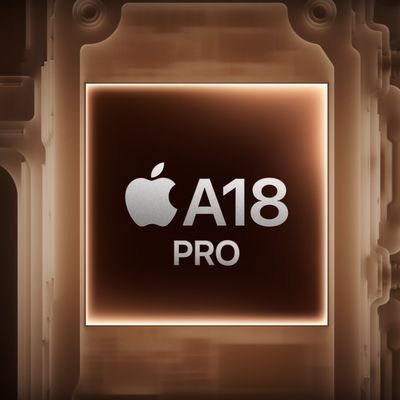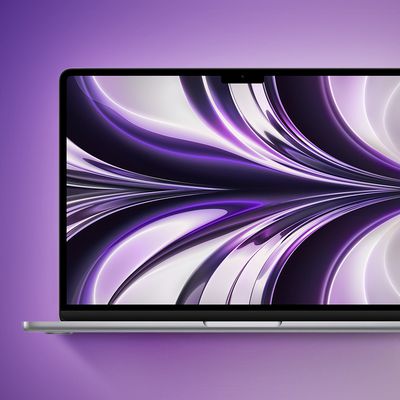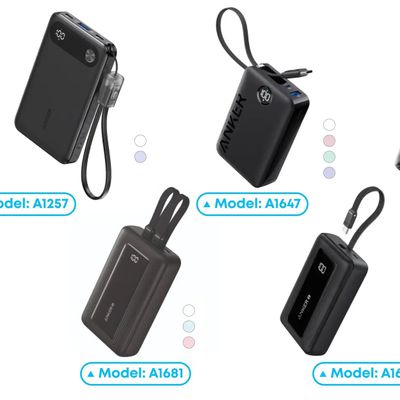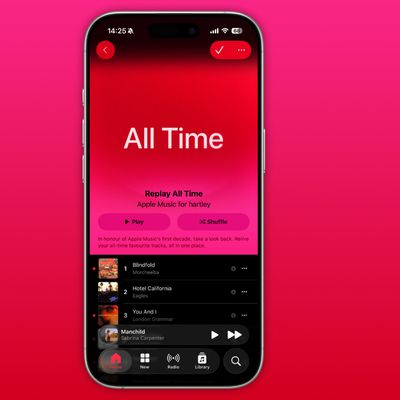Almost a quarter of Apple customers in the U.S. own an Apple TV, according to new data shared by Consumer Intelligence Research Partners (CIRP). As reported by Cult of Mac, the survey asked U.S. Apple customers which devices they own, and Apple TV came out top in the "Other Products" category, suggesting the set-top box is more widely used than AirPods and Apple Watch.
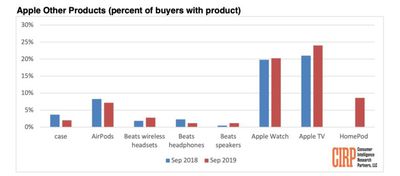
"Apple TV is the most popular of the gadgets among the Other Products, with about one-quarter of current customers owning one," said Mike Levin, CIRP partner and co-founder. "Apple TV has been around for many years, so we're not surprised that it has achieved this penetration."
Apple Watch came in second in the Other Products category, with around 20 percent of Apple customers owning the iPhone accessory, while less than 10 percent of customers own a pair or AirPods.
It's important to note that the survey doesn't tally new sales, but devices that are in use as of September 2019, regardless of when they were purchased. Even so, the results show a several percentage point rise in Apple TV penetration over the last year.
That bodes well for Apple TV+, the company's streaming service which launched on November 1 featuring $2 billion worth of original programming. For $4.99 per month, Apple TV+ subscribers can watch Apple Originals on their television via Apple's set-top box. The service is also available on iOS devices and Mac via the TV app, as well as select Samsung smart TVs and Roku and Amazon Fire TV devices.
As for HomePod, Apple's $299 smart speaker "trails both Amazon Echo and Google Home, even among Apple customers," noted Levin. Apple cut the price of HomePod by $50 in April, down from $349. Apple does not disclose exact HomePod sales figures.
Rumors have suggested that Apple is considering a more affordable version of the HomePod that could be priced as low as $150, but it's not clear if and when Apple might release such a speaker.
CIRP bases its findings on a survey of 500 U.S. Apple customers, surveyed from September 29 to October 10, 2019 that purchased an Apple device in the U.S. in July-September 2019 period.


